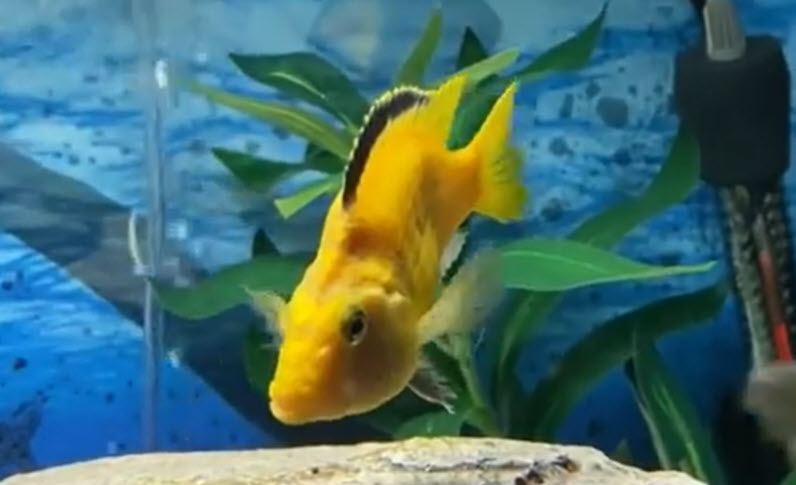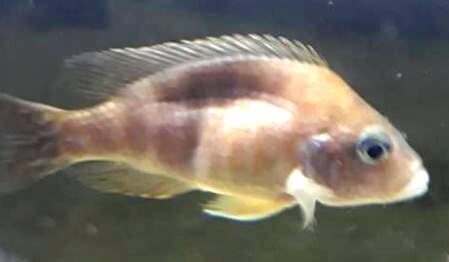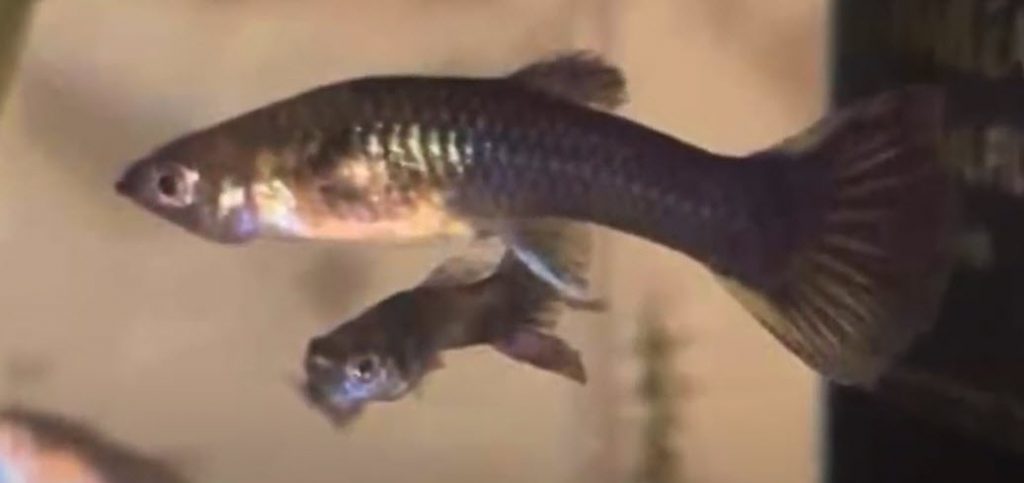
Spinal deformities come in three variations:
- Congenital spinal deformities are present at birth or shortly there after.
- A slow bowing of the spine over time is typically fish TB
- A rapid bowing of the spine over a few days is typically columnaris bacterial infections.
Congenital Spinal Deformities
Deformites which are present at birth typically are where the back is severely and often quite randomly distorted in several directions.

This type of deformity typically occurs in the fish while they are still in the larval stage. One recent study looked at these spinal deformities (“Morphological and Osteological Malformations in Hatchery Bred Redline Torpedo Fish”, Sajeevan et. al., 2016):
“According to Boglione et al. (1993), fin anomalies are frequently observed in hatchery reared fish, but their frequency and severity vary according to the species, rearing condition or types of rearing aquarium. Some of the deformed specimen of S. denisonii in this study had multiple deformities, such as semi-operculum, spinal deformity, head deformity, mouth deformity and fin deformity in one fish. These deformities have been reported by others (Tave et al. 1982, Dabrowski et al. 1988, Wiegand et al. 1989 and Frischknecht et al. 1994). Such fish deformities have reportedly been caused by nutritional deficiencies, unfavorable abiotic factors, rearing conditions and genetic factors (Yamamoto et al. 1963, Tave et al. 1982, Growski et al. 1988, Boglione et al. 1993, Frischknecht et al. 1994, Wang &Tsai 2000, Fagbuaro 2009, Amitabh & Firoz 2010, Arbuatti et al. 2013). However, other studies reported that the possible aetiologies and mechanisms responsible are not well understood (Koumoundouros et al.1997, Gavaia et al. 2002).”
Another way of saying the above is that this type of spinal deformity has what scientists call a “multifactorial aetiology”. Which are just big words for “There are many different things which could have caused this”.
It could be genetic, developmental, fish TB, internal parasites, worms, environmental, ad infinitum. The important thing is that fish with this can possibly lead a relatively normal life. So many don’t cull them. Some people don’t want deformed fish in their tanks and cull them. It’s just a personal choice.

Slow Spinal Deformities
There is another distinct type of spinal deformation. This is where a juvenile or adult fish gets a “humped” back with a single hump over the span of a few months. This type of spinal deformity is caused by shrinkage in the body muscles below the spine humping the spine. It is indicative of fish TB. Sometimes it is accompanied by “razorback” and sometimes it comes on independent of razorback.
And contrary to the literature, if it is TB, all the fish in the tank already have the TB in their bodies and culling is not productive. Huge medical research facilities (450 at the last count) that use zebra danios have spent millions trying to eliminate TB from their fish tanks and failed. TB bacterium are just present in all tanks. Accept that fact.

Rapid Spinal Deformation
If the single arched humpback comes on rapidly, over the span of a few days, it is probably columnaris bacterial infection and all the fish in the aquarium need antibiotic laced food as soon as possible. This is an emergency as columnaris can wipe out an entire tank in a few days.
.
Return to Symptoms Menu
.
Aquarium Science Website
The chapters shown below or on the right side in maroon lead to close to 400 articles on all aspects of keeping a freshwater aquarium. These articles have NO links to profit making sites and are thus unbiased in their recommendations, unlike all the for-profit sites you will find with Google. Bookmark and browse!
.
